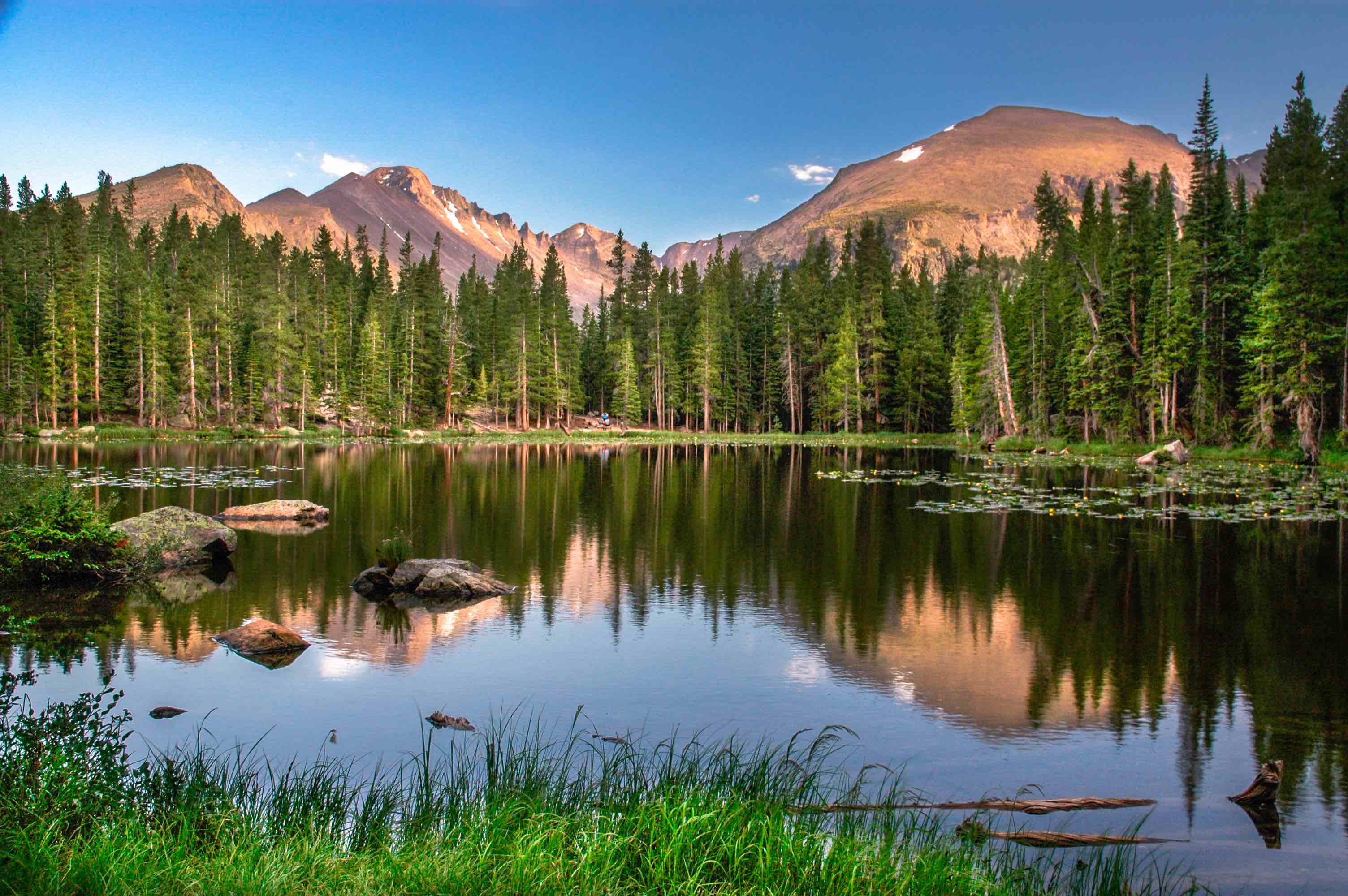Estes Park is a small mountain town located in the heart of the Colorado Rockies. Nestled in the shadow of Rocky Mountain National Park, Estes Park is a popular destination for outdoor enthusiasts, families, and tourists alike.
The history of Estes Park dates back to the late 1800s when the area was first settled by European immigrants. These early settlers were drawn to the area by the abundance of natural resources, including timber, water, and fertile soil. As the population of Estes Park grew, the community began to thrive, with the establishment of schools, churches, and businesses.
One of the key factors in the growth of Estes Park has been its proximity to Rocky Mountain National Park. Established in 1915, the park is home to some of the most stunning natural landscapes in the country, including alpine lakes, snow-capped peaks, and diverse wildlife. The park is a major draw for tourists and has helped to fuel the growth of Estes Park’s tourism industry.
In the early 1900s, Estes Park was a small, isolated community with few amenities. However, as the region began to attract more visitors, the community began to grow and prosper. In the 1920s, the construction of the Fall River Road and the establishment of the Estes Park Aerial Tramway helped to increase tourism to the area. The tramway, which was the highest cable car in the world at the time, allowed visitors to easily access the park’s higher elevations and take in the breathtaking views.
As tourism to Estes Park grew, so did the community’s infrastructure. In the 1930s, the community built its first hospital, the Estes Park Memorial Hospital, which served the needs of both residents and visitors. The hospital was eventually replaced by the Estes Park Medical Center, which is still in operation today.
Estes Park is a small mountain town located in the heart of the Colorado Rockies. Nestled in the shadow of Rocky Mountain National Park, Estes Park is a popular destination for outdoor enthusiasts, families, and tourists alike.
In recent years, Estes Park has experienced significant growth, driven by a combination of factors. One of the key drivers of this growth has been the increasing popularity of the area as a tourist destination. Rocky Mountain National Park is a major draw for visitors, with its stunning natural landscapes, alpine lakes, and diverse wildlife. In addition, Estes Park is home to a number of annual events, including the Estes Park Marathon, the Estes Park Wool Market, and the Estes Park Music Festival, which attract visitors from all over the country.
Another factor contributing to the growth of Estes Park has been the influx of new residents. The community has attracted a number of newcomers, both retirees and young families, looking for a small town with a strong sense of community and close proximity to outdoor recreational opportunities.
The growth of Estes Park has brought both benefits and challenges to the community. On the one hand, the influx of tourists and new residents has brought economic prosperity to the area, with the development of new homes, businesses, and recreational facilities. On the other hand, the growth of Estes Park has also put a strain on the community’s resources, including traffic congestion and the need for more infrastructure to support the growing population.
To address these challenges, the community has undertaken a number of initiatives to manage growth and preserve the natural beauty of the area. These efforts include the development of the Estes Valley Land Trust, which works to preserve the region’s natural beauty and provide public access to the outdoors, as well as the creation of a comprehensive plan to guide future growth and development in the community.
Looking to the future, Estes Park Valley is projected to continue to grow and thrive. The community is well-positioned to capitalize on its unique location and natural beauty, and is committed to finding ways to balance the needs of residents and visitors while preserving the small-town charm that has made Estes Park Valley such a special place.
One of the key drivers of future growth in Estes Park Valley is expected to be the increasing popularity of the area as a tourist destination. Rocky Mountain National Park is a major draw for visitors, with its stunning natural landscapes, alpine lakes, and diverse wildlife. In addition, Estes Park Valley is home to a number of annual events, including the Estes Park Marathon, the Estes Park Wool Market, and the Estes Park Music Festival, which attract visitors from all over the country.
Another factor contributing to the growth of Estes Park Valley is the influx of new residents. The community has attracted a number of newcomers, both retirees and young families, looking for a small town with a strong sense of community and close proximity to outdoor recreational opportunities.
To accommodate the anticipated growth, Estes Park Valley is working to develop its infrastructure and improve its amenities. This includes the expansion of the community’s transportation systems, the development of new housing options, and the creation of additional recreational and cultural facilities.
In addition to these efforts, Estes Park Valley is committed to preserving the natural beauty of the area. The community has implemented a number of initiatives to protect the region’s open spaces and natural resources, including the development of the Estes Valley Land Trust, which works to preserve the region’s natural beauty and provide public access to the outdoors.
Overall, the future looks bright for Estes Park Valley. With its stunning natural surroundings, a strong sense of community, and commitment to preserving its small-town charm, the community is well-positioned to continue to grow and thrive in the coming years.

